Abstract
The green spaces in Australia mainly comprise of reserves and parks. Green space acts as a source recreation, relaxation, adventure, and inspiration. They are also home to various plants and animal species. Due to the high rate of industrial development and a rapid increase in Australia’s population, this has resulted in an imbalance between the buildings and the green spaces. This has affected the quality of air and the health of humans and other species. There are also numerous recreational benefits to be drawn from the green spaces. We can use micro and intermediate levels to evaluate human behavior, biodiversity, and ecosystems. By use of various data collected from the field and on the internet, the research draws a comparison between different Sydney suburbs based on their biodiversity and greenery. An improvement of the green spaces can be achieved through a better understanding of their value and implementing better management policies.
Introduction
Green spaces are important in an ecosystem since different species depend on them for their survival. According to Coleman (2006, p. 1), because of the increase in population and industrial development, natural conservatives have observed that green spaces have become endangered as the ecosystem and biodiversity is being affected. The government is using green spaces to construct buildings and other infrastructures in order to accommodate the ballooning population. A better understanding of the benefits drawn from green spaces allows us to better manage and preserve them because they impact on the society (Ashfield n.d, p. 8). The study was carried out to assess how green space in Ashfield has been put to use. A comparison of the green space in Waterloo and other suburbs in Sydney was carried out to illustrate the effects of natural ecosystems on the interactions of human beings and other species.
Methods
The study was carried out in waterloo, nsw, 2017, one of the suburbs of New South Wales, Australia. Waterloo lies on a latitude of -33.900 and longitude 151.126. While undertaking the study at Waterloo Park, use was made of primary data collection methods. The field study consisted of both humans and animals, along how they interact with the green spaces. Secondary data like Google maps were useful in locating geographical representation, and in estimating the green spaces based on the provided scales. A mean class data of 31 suburbs in Sydney was used to compare the collected data.
Results
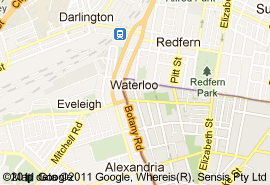
Table 1: Summary of characteristics of chosen suburb and average areas and green areas of all other suburbs (from class data).
Based on table, 1 the green spaces in Ashfield occupy an area of 0.16 km2 which is 6.87% of the total area of Waterloo. The other suburbs of Sydney have a green space of 0.85 km2 which is 15% of the total green space. Although waterloo is small compared to the other areas, a huge percentage of its area is covered by green space. This is a clear indication that Waterloo green spaces represent a large percentage compared to other suburbs overall percentage.
Waterloo and other suburbs Park
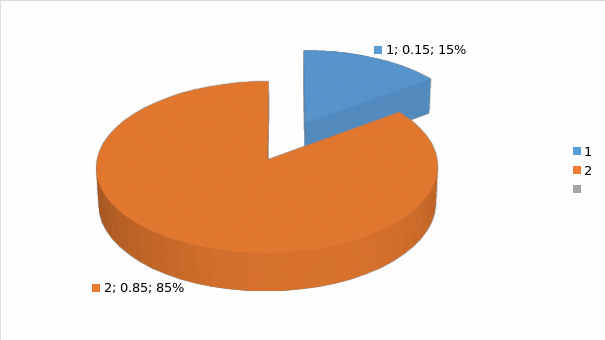
The green space in Ashfield is approximately 0.16km2 and holds 15% of the total green parks in Waterloo. This constitutes approximately 6.87% of Waterloo’s total area. The other areas in Waterloo holds 85% of the green spaces. Compared with the average area of other parks in Sydney, Waterloo park is the large. Although, Waterloo park represents a small percentage of the green spaces in Waterloo. The park hosts many facilities that are used for different sporting and games.
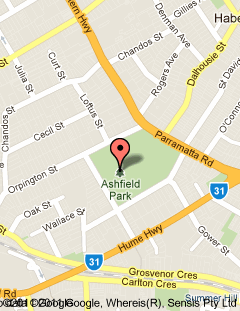
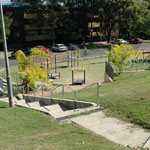
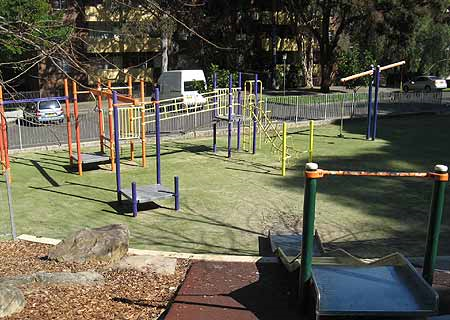
From the above photograph, it is evident of the area has children play facilities such as the swings, seas saws, Climbing structures, and metal slides among others. Based on the illustration it is clear that sports are the major recreation facilities found in Waterloo Park. From the secondary data, there is no national park or game reserve in the Waterloo Park. This has denied the people a recreational facility that is essential.
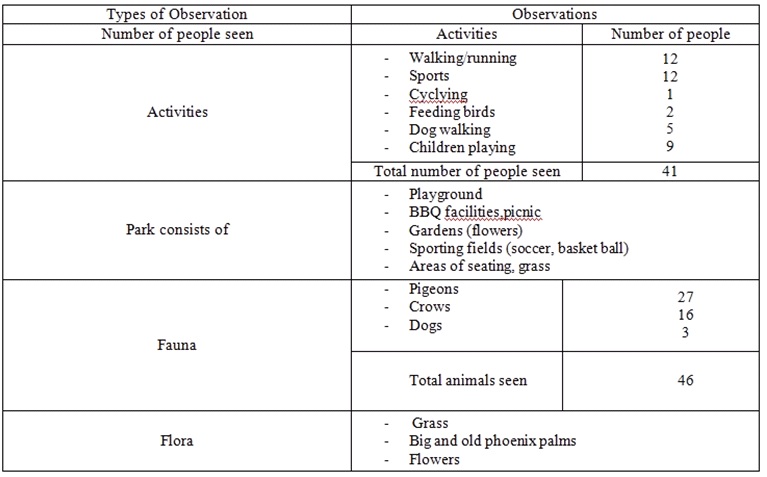
From the table above, people visit the park occasionally for relaxation, sports, to walk their dogs, and to let their children play, among other reasons. Birds and dogs also form part of the biodiversity at the Waterloo Oval and Park. The park has social recreational facilities like playgrounds, seating areas, picnic facilities, and sporting fields. The park has flowers, phoenix palms, and grass. This indicates that Waterloo Oval and Park comprise of many facilities, fauna and flora. The children games provided by the park include facilities like climbing structures, monkey bars, metal slide, sea saw and run and play facilities. Other facilities observed in the park include a floodlit fields used for sporting. The games occasionally played are rugby and cricket.
Discussion
Industrialization and increase in population are the major problems facing green spaces in Sydney. The society has ignored some of the benefits associated with Green spaces. According to BBC News (2009), green spaces have the ability to create an oasis of improved health to people living around them. This has been supported by Ashfield (n.d, p. 6) who notes that green spaces reduce obesity and maintains mental health as people can relax and interact, thus reducing stress. The green spaces have facilities like sanctuaries, reserves, parks, and sporting fields.
The City of Waterloo, (2011) Waterloo Park location offers adequate space for many summer concerts, community festivals, fundraising events, various walk-a-thons, and movies and music events. In other occasions the park hosts celebrations during the Christmas events. Although national parks are an important part of the ecosystem, they are absent at the Waterloo Oval and Park. Compared with other suburbs in Sydney, Waterloo has an imbalance of green space as most of the space is occupied by sports facilities. This becomes a problem as the ecosystem cannot sustain the needs and the preferences of people in Waterloo. The city of Sydney has been putting much effort on making sure that the green spaces are restored to ensure that the city is well supplied with air. The recreational sports facilities help in restoration of the people health from diseases like asthma, obesity and overweight. This is facilitated by the exercises the people take around the recreational facilities.
From the results provided, some of the ecosystem services provided by the Waterloo Park include recreational facilities, playing grounds, and a natural habitat for fauna and flora. Colman (2006, p. 1) notes that many parks and green spaces offer interaction to Sydney residents. The green space program has been rejuvenating green spaces in Sydney. For the last few years the city of Sydney has re-vegetated Waterloo Oval and Park to restore the ecosystem. This is believed to increase and promote the health of people living around the park as abundant and fresh air would be provided. By keeping the environment cool with abundant supply of air, through the rooftops air circulation is well regulated. Heinze (2011, p. 6) observes that green spaces help in the purification of air by absorbing gases emitted by an increased number of motor vehicles and industries. This reduces air pollution- related diseases like asthma and other diseases that result from air pollution. This could also increase the number of people in the parks seeking recreational services. The removal of animals and other species from their natural habitat (the green spaces) affects them both mentally and physically (Green 2009).
Limitation of the study
The study cannot be relied on wholly because of some of the errors encountered during the calculations. For instance, there was a numerical error of the collected and calculated data as the green space percentages do not add up to 100%. This may have caused bias in the calculation, thereby reducing the chances of reliability and validity. A counting error may also have occurred as it is hard to keep count of birds and people on the move. A post research study would be advisable as it gives a comparison of the results, thereby enabling the researcher to draw substantial conclusions.
Based on the results and the analysis, it could be concluded that the conservation was important and that if proper management was not carried out, then biodiversity would be lost. This would have long term negative impacts and this can affect the ecology. Flora and fauna depends on green spaces for their survival. Waterloo Park and all other parks in other suburbs are beneficial to the society and the other species as the green spaces and need to be restored. It is recommended that local government and other stakeholders should forge an alliance to improve the green spaces to accommodate more people and save the ecosystem.
Reference List
Ashfield., n.d, The Green Space Strategy. Web.
BBC News., 2009. Green spaces’ improve health. Web.
Coleman, M., 2006. City of Sydney, Australia. Web.
Green, K., 2009. The importance of green spaces for health. Web.
Google Maps., 2011. Waterloo 2017 NSW. Web.
Heinze, J., 2011. Benefits of Green Space. Web.
The City of Waterloo., 2011. Waterloo Park, Waterloo. Web.